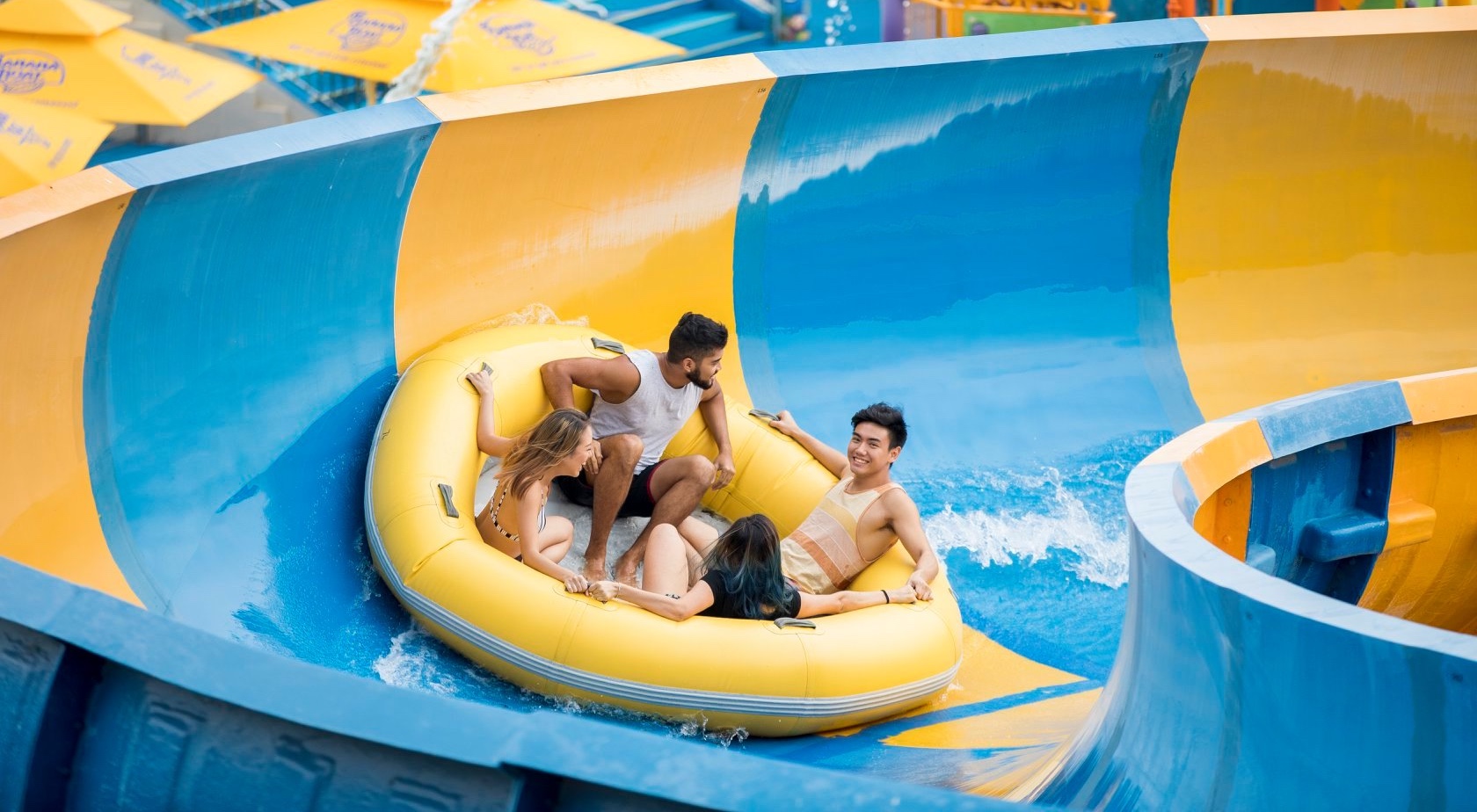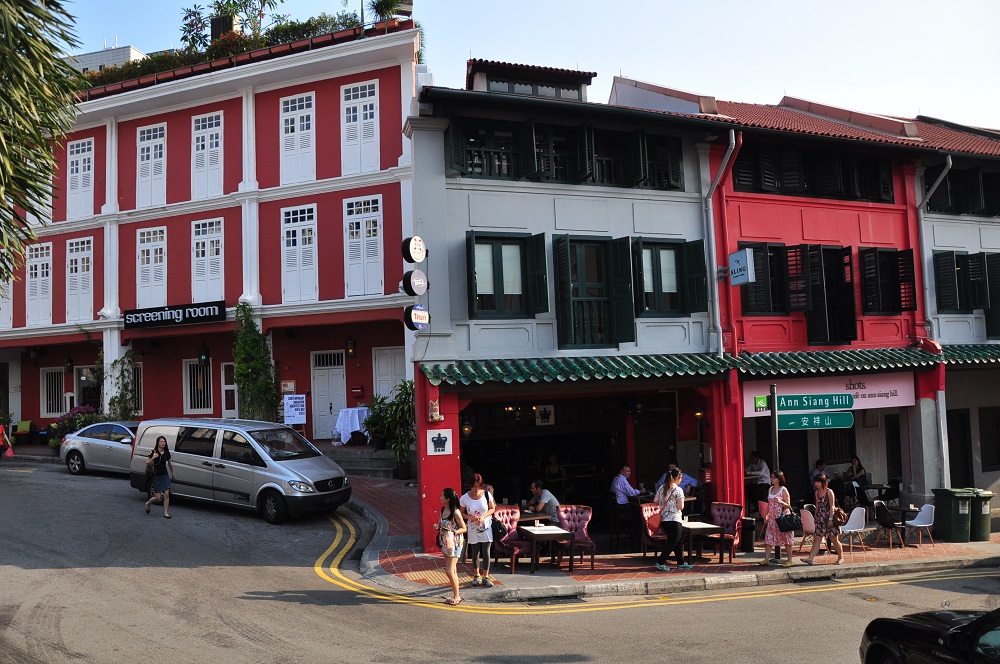The Singapore HeritageFest‘s island-hopping trails are oversubscribed, but you can easily organize your own day trip out. Marcus Ng, curator of Balik Pulau: Stories from Singapore’s Islands, tells us all there is to know about Singapore’s offshore islands.
What got you interested in researching Singapore’s offshore islands?
I started visiting the islands about 8 years ago as a volunteer with groups like WildSingapore and the National Parks Board. It was for me a totally new and exciting experience to see and photograph diverse marine life such as corals and sea anemones at islands such as Pulau Hantu and Semakau Landfill.
I also became curious about the history of the islands and wanted to find out more about the communities that once lived on them. What emerged is a highly diverse “islandscape”—the islands are actually multi-faceted places that serve as homes to both people and nature, as sites for industry and military facilities, cultural/religious centers and getaways from the mainland.
Most of us can’t fathom living on an offshore island—unless it’s Sentosa Cove. Tell us a bit about the island inhabitants you studied/encountered.
A common theme I found is that they felt free on their island homes and saw life on the mainland, in flats, as a form of confinement. For them, living offshore was an existence they savored—for the bounty of fish and other marine produce they could get from the surrounding waters, for the close sense of community that living together on an island entailed, for the freedom of movement on their boats and koleks (which brought them to neighboring islands, the mainland and as far as the Riau Islands).
Certainly they were reliant on the mainland to some extent (for fresh water, healthcare and education). But it’s probably true that most of the people who grew up on the offshore islands would choose the space and freedom of island life—for all its difficulties and inconveniences—over the mainland.
Which islands do you think Singaporeans should try to visit, and why?
Pulau Ubin [accessible by bumboat from Changi Point Ferry Terminal in Changi Village] for a full day’s experience of the social and natural environment of the island, from the village to the old quarries (now homes to herons and hornbills) to the biking trails like Chek Jawa, with its convenient boardwalk and charming Edwardian cottage that serves as a visitor center.
Another popular destination for people wanting to savor “island life” is Pulau Semakau [home to the Semakau Landfill, but also to a flourishing mangrove habitat and coral nursery; book a tour on the NEA website]. Avid divers should head to Pulau Hantu, where they can find rare nudibranchs and other marine life at during dive sessions with groups such as the Hantu Divers.
St John’s Island, accessible by daily ferries from Marina South Pier, offers a marvelous view of the city skyline as well as plenty of places to discover, such as swimming lagoons and beaches with starfish and crabs, and a huge population of friendly cats. From St. John’s Island, you can follow paths to the linked Lazarus Island and Pulau Seringat, where there is a lovely “secret” swimming cove where one can lounge and swim in glorious isolation.





